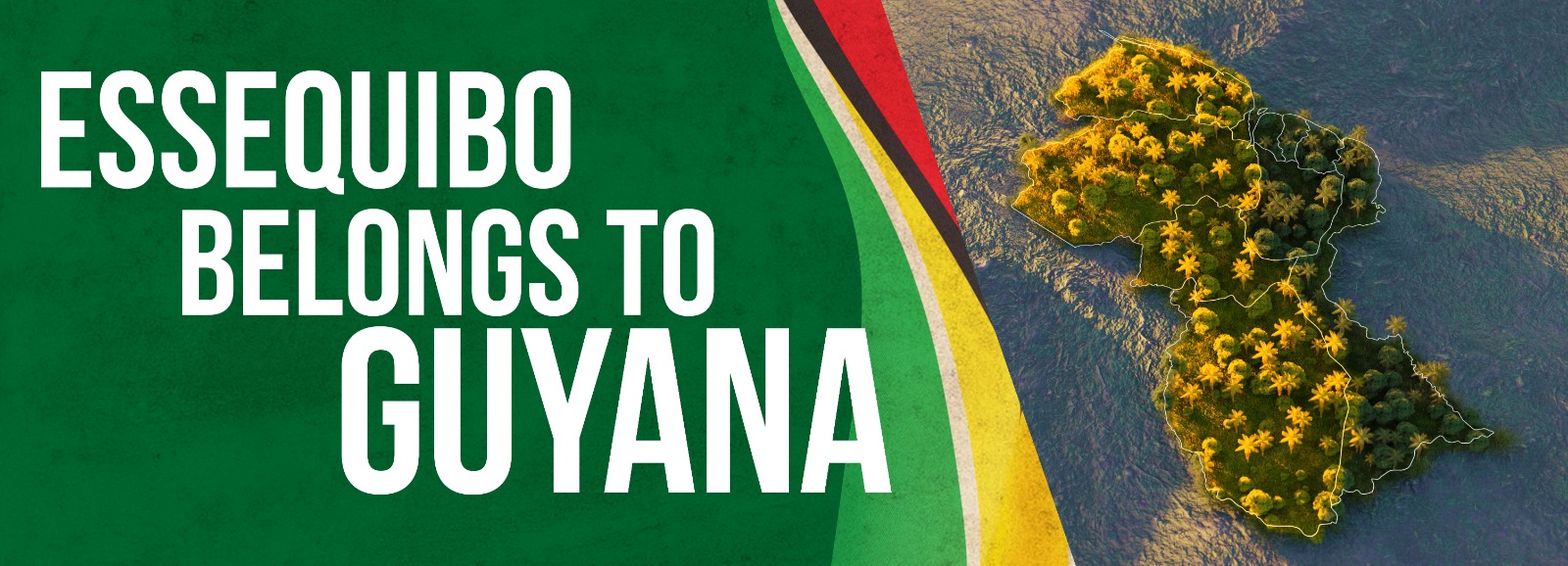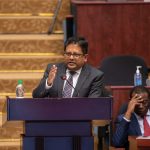
Less than three months after the National Assembly approved the country’s $781.9 billion budget, the Government has returned to the House for an additional $31 billion in supplementary funding to facilitate payments to Indigenous communities from the sale of carbon credits.
The Supplementary Bill was presented to the National Assembly on Tuesday by Minister of Parliamentary Affairs and Governance, Gail Teixeira, on behalf of Finance Minister, Dr Ashni Singh.
The sale of carbon credit forms a major part of the Government’s Local Carbon Development Strategy (LCDS) 2030, which is designed to monetise the country’s climate and ecosystem services.
In a statement, the Finance Ministry said that approximately $4.7B will be used to facilitate village-led investments – with some 240 Indigenous Communities on the in the line to draw down.
“After the seven-month national consultation on LCDS 2030, it was agreed that 15 percent of all revenues received from the sale of carbon credits would be paid directly to indigenous and local communities across Guyana. For the year 2023, this totals US$22.5 million or G$4.7 billion and is catered for under Financial Paper No 1 of 2023,” the Finance Ministry explained.
The Ministry explained that between January and February 2023, the National Toshaos Council spearheaded consultations on a structure for the allocation of the carbon credits payments. The structure, according to the Finance Ministry, centers on the determination of payments, based on population, and includes villages (both titled and untitled areas), communities, and satellites.
“Indigenous villages and local communities will define for themselves their priorities of economic development initiatives of social upliftment, on climate adaptation and mitigation and food security that need to be advanced for village sustainability to be fostered,” it said.
Additionally, 85% of earnings from the sale of carbon credits, which total US$127.5M so far for 2023, will be used to address the most urgent priorities of low carbon development, as well as climate adaptation and mitigation interventions outlined in LCDS 2030, the Finance Ministry said. That sum is being sought under Financial Paper No 2 of 2023.
“Advancing low carbon development while addressing the impacts of climate change is a core focus of this investment, and attention will be aimed at supporting the strong stance that Guyana has maintained nationally and globally on forest governance and management, and forest legality,” the Finance Ministry said.
The Low Carbon Development Strategy (LCDS) was originally crafted and implemented in 2009 and by November 2022, Guyana issued the world’s first jurisdiction-scale, sovereign carbon credits as the next phase in Guyana’s creation of a global model for forest climate services.
Over a 10-year-period, Guyana is expected to receive a minimum of US$750M from Hess Corporation for the sale of high-quality carbon credits.
















You must be logged in to post a comment Login